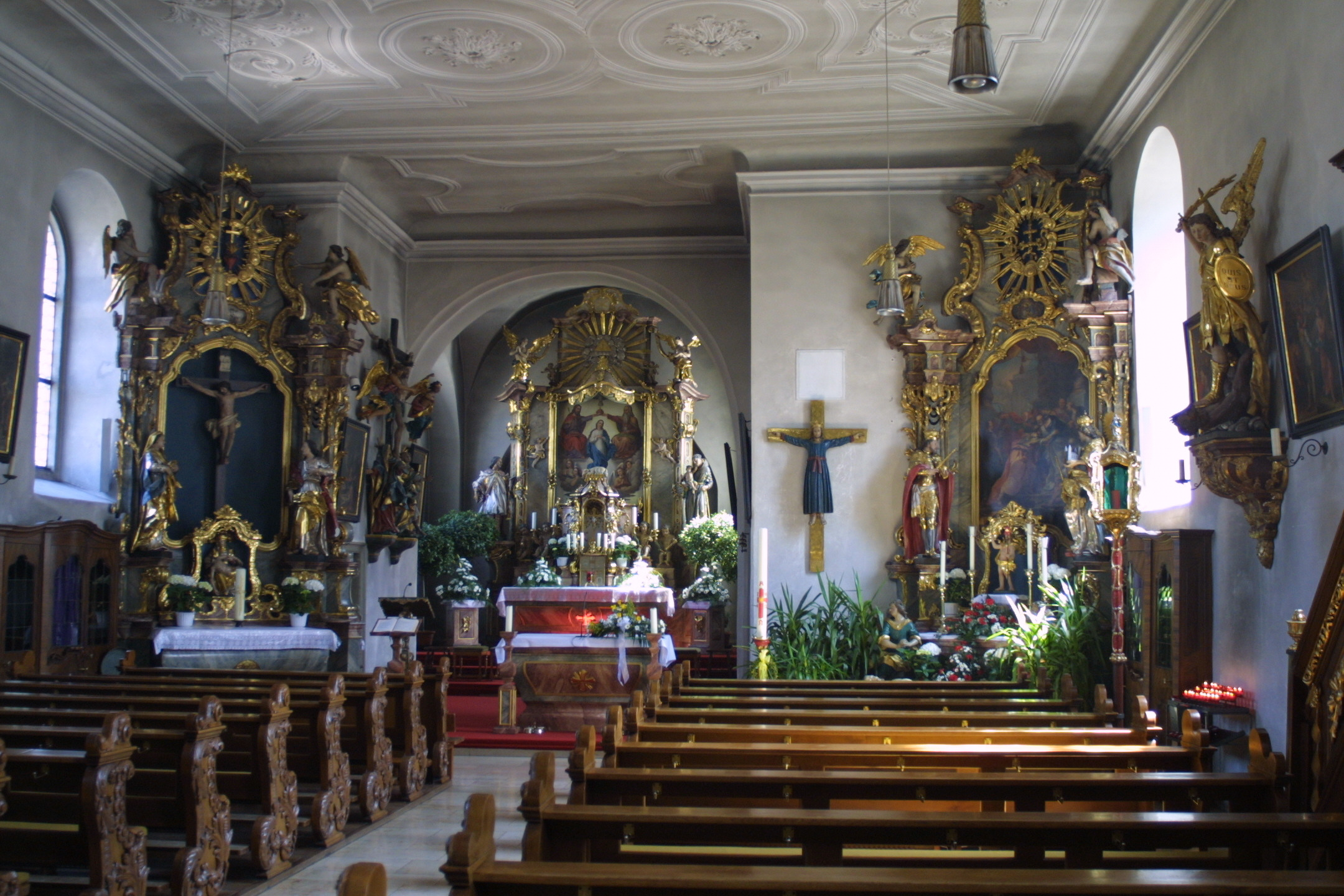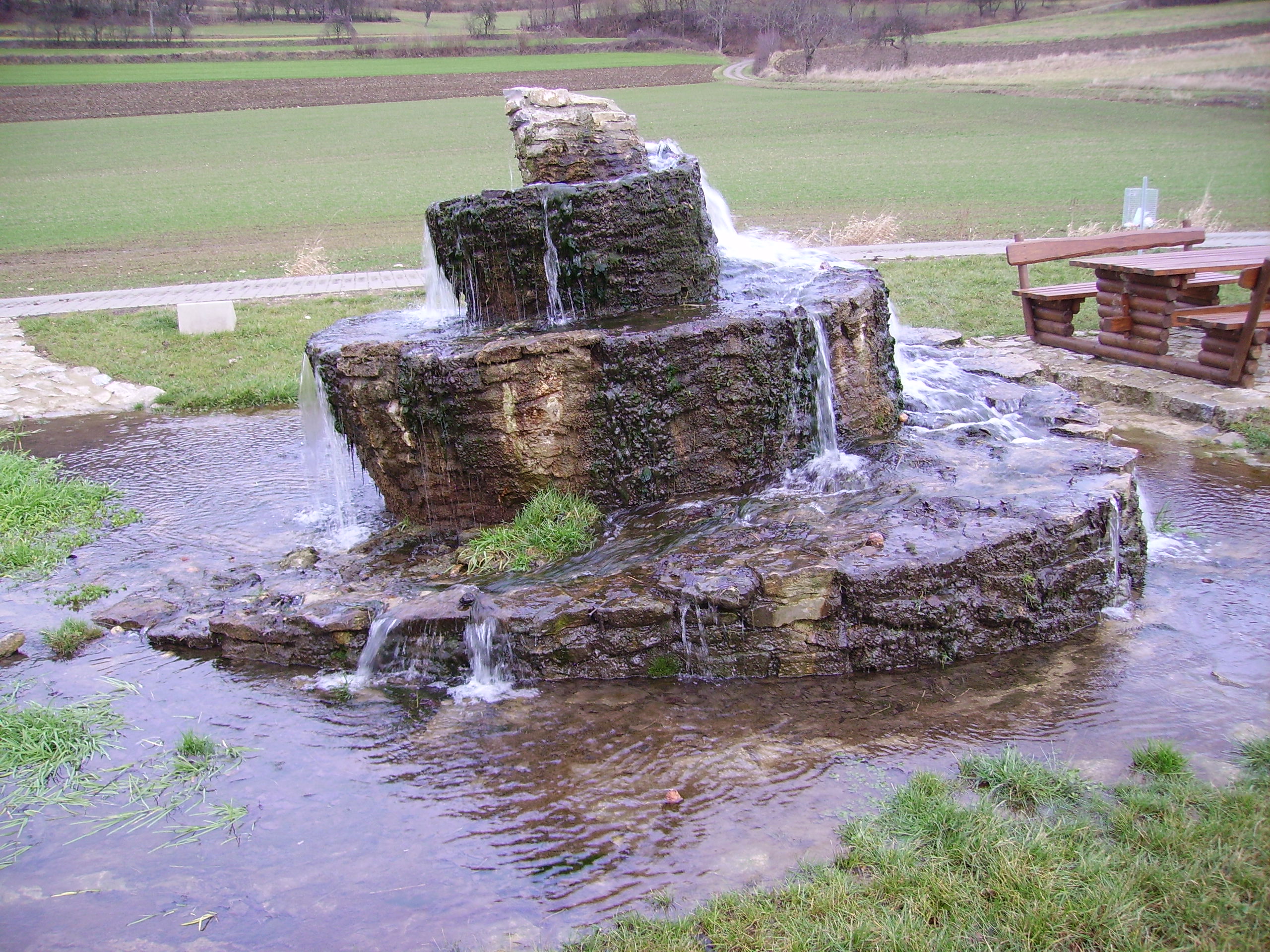|
Memmelsdorf
Memmelsdorf is a community in the Upper Franconian district of Bamberg (district), Bamberg bordering in the west directly on the city of Bamberg, Bavaria, Germany. History As with most places in the Bamberg district, this community's exact founding time cannot be established. However, looking back through the properties of the royal chamber estate in ''Memmelsdorf'' yields a founding time sometime about 900. Since there were no local Monastery, monasteries at that time, there is today a lack of historical accounts about settlement here. About 1120, evidence crops up of ''Mam’s'', ''Mamo’s'' or ''Memo’s'' village (''Dorf'' in German language, German). A Franks, Frank by the name of ''Mamo'' is the namesake of ''Memenstorf'', ''Memistorf'', ''Mamestorf'' or ''Mamenestorf'' – the place now known as ''Memmelsdorf''. From road names that have been handed down it is assumed that this founding, lying between two brooks, safeguarded old traffic routes. * 900 Founding of the roy ... [...More Info...] [...Related Items...] OR: [Wikipedia] [Google] [Baidu] |
Schloss Seehof
Schloss Seehof is a ''Schloss'' (palace) in Memmelsdorf, Bamberg, Germany. It was built from 1684 to 1695 as a summer residence and hunting lodge for Marquard Sebastian Schenk von Stauffenberg, Prince-bishop of Bamberg. Location Schloss Seehof is located outside of Memmelsdorf in the district of Bamberg, around 5 kilometers northeast of the town of Bamberg in the Upper Franconia region of Bavaria, Germany. History Marquard Sebastian Schenk von Stauffenberg, Prince-bishop of Bamberg, enjoyed the rural area around Memmelsdorf. He thus asked to replace a local estate from the late 15th century with an early Baroque palace. This was built between 1684 and 1695. Later redesigns included the White Hall in the west wing, created during the reign of Johann Philipp Anton von Franckenstein in the 1750s. Description The palace is located in a large park and stands on a square plan, much like Schloss Johannisburg at Aschaffenburg. The four corner pavilions are topped by squat octago ... [...More Info...] [...Related Items...] OR: [Wikipedia] [Google] [Baidu] |
SV Memmelsdorf
The SV Memmelsdorf is a German association football club from the city of Memmelsdorf, Bavaria. The club played for a season in the Oberliga Bayern in 2009–10, having achieved promotion to this league for the first time. History Formed on 7 December 1923, ''SVM'' was not the first football club formed in the village of Memmelsdorf, near Bamberg. An earlier club had existed for a brief period from the end of the First World War to 1923 but was then disbanded. Josef Bauer, a local trader, was the driving force behind the new club and became its chairman, an office he held until 1933. The new club played its first game of football on 24 December 1934, losing 5–2 to ''TB Jahn Bamberg''.Der Spielbetrieb beginnt SVM website – Club history: The beginnings of competitive football ... [...More Info...] [...Related Items...] OR: [Wikipedia] [Google] [Baidu] |
Bamberg (district)
Bamberg () is a Districts of Germany, ''Landkreis'' (district) in Bavaria, Germany. It surrounds but does not include the town of Bamberg. The district is bounded by the districts of (from the north and clockwise) Lichtenfels (district), Lichtenfels, Bayreuth (district), Bayreuth, Forchheim (district), Forchheim, Erlangen-Höchstadt, Neustadt (Aisch)-Bad Windsheim, Kitzingen (district), Kitzingen, Schweinfurt (district), Schweinfurt and Haßberge (district), Haßberge. History The history of the district is linked with the history of Bamberg. In 1862 the districts of Bamberg-West and Bamberg-East were established. They were merged in 1929. The present borders were established in 1972, when portions of the adjoining district of Erlangen-Höchstadt were annexed. Geography The district surrounds the town of Bamberg. The western half of the district is occupied by the Steigerwald, a hilly forest region. In the east there is the hill chain of the Franconian Jura. Between these re ... [...More Info...] [...Related Items...] OR: [Wikipedia] [Google] [Baidu] |
Scheßlitz
Scheßlitz (or ''Schesslitz'') is a German town in the Upper Franconian district of Bamberg (district), Bamberg and lies on the rise to the Franconian Switzerland on the Bundesautobahn 70, A 70 between Bamberg and Bayreuth, lying 14 km northeast of the former. Geography The town is surrounded by the following hills: :Stammberg (559 m) :Giechburg (530 m) :Gügel (515 m) :Kulm (553 m) :Heidenstein (577 m) :Rabenstein (572 m) :Würgauer Höhe (518 m) :Reisberg (554 m) :Roter Stein (518 m) :Wattendorfer Höhe (555 m) :Hohe Metze (577 m) This basin's sheltered setting with roads that come together from Heiligenstadt, Hollfeld, Weismain, Bad Staffelstein and Zapfendorf favoured settlement in prehistoric times. Constituent communities Scheßlitz's main town and namesake centre is by far the biggest of its ''Ortsteile'' with a population of 2,548. The town furthermore has these outlying centres, each given here with its own population figure: (as of 31 March/4 April 2005) The ama ... [...More Info...] [...Related Items...] OR: [Wikipedia] [Google] [Baidu] |
Bayerisches Landesamt Für Statistik
The statistical offices of the German states (German language, German: ) carry out the task of collecting official statistics in Germany together and in cooperation with the Federal Statistical Office of Germany, Federal Statistical Office. The implementation of statistics according to Article 83 of the Basic Law for the Federal Republic of Germany, constitution is executed at state level. The Bundestag, federal government has, under Article 73 (1) 11. of the constitution, the exclusive legislation for the "statistics for federal purposes." There are 14 statistical offices for the States of Germany, 16 states: See also * Federal Statistical Office of Germany References {{Reflist National statistical services, Germany Lists of organisations based in Germany, Statistical offices Official statistics, Germany ... [...More Info...] [...Related Items...] OR: [Wikipedia] [Google] [Baidu] |
Flag
A flag is a piece of textile, fabric (most often rectangular) with distinctive colours and design. It is used as a symbol, a signalling device, or for decoration. The term ''flag'' is also used to refer to the graphic design employed, and flags have evolved into a general tool for rudimentary signalling and identification, especially in environments where communication is challenging (such as the Maritime flag, maritime environment, where Flag semaphore, semaphore is used). Many flags fall into groups of similar designs called flag families. The study of flags is known as "vexillology" from the Latin , meaning "flag" or "banner". National flags are patriotic symbols with widely varied interpretations that often include strong military associations because of their original and ongoing use for that purpose. Flags are also used in messaging, advertising, or for decorative purposes. Some military units are called "flags" after their use of flags. A ''flag'' (Arabic: ) is equival ... [...More Info...] [...Related Items...] OR: [Wikipedia] [Google] [Baidu] |
Coat Of Arms
A coat of arms is a heraldry, heraldic communication design, visual design on an escutcheon (heraldry), escutcheon (i.e., shield), surcoat, or tabard (the last two being outer garments), originating in Europe. The coat of arms on an escutcheon forms the central element of the full achievement (heraldry), heraldic achievement, which in its whole consists of a shield, supporters, a crest (heraldry), crest, and a motto. A coat of arms is traditionally unique to the armiger (e.g. an individual person, family, state, organization, school or corporation). The term "coat of arms" itself, describing in modern times just the heraldic design, originates from the description of the entire medieval chainmail "surcoat" garment used in combat or preparation for the latter. Roll of arms, Rolls of arms are collections of many coats of arms, and since the early Modern Age centuries, they have been a source of information for public showing and tracing the membership of a nobility, noble family, a ... [...More Info...] [...Related Items...] OR: [Wikipedia] [Google] [Baidu] |
Kingdom Of Bavaria
The Kingdom of Bavaria ( ; ; spelled ''Baiern'' until 1825) was a German state that succeeded the former Electorate of Bavaria in 1806 and continued to exist until 1918. With the unification of Germany into the German Empire in 1871, the kingdom became a federated state of the new empire and was second in size, power, and wealth only to the leading state, the Kingdom of Prussia. The polity's foundation dates back to the ascension of Elector Maximilian IV Joseph of the House of Wittelsbach as King of Bavaria in 1806. The crown continued to be held by the Wittelsbachs until the kingdom came to an end in 1918. Most of the border of modern Germany's Free State of Bavaria was established after 1814 with the Treaty of Paris, in which the Kingdom of Bavaria ceded Tyrol and Vorarlberg to the Austrian Empire while receiving Aschaffenburg and Würzburg. In 1918, Bavaria became a republic after the German Revolution, and the kingdom was thus succeeded by the current Free State of Ba ... [...More Info...] [...Related Items...] OR: [Wikipedia] [Google] [Baidu] |
Social Democratic Party Of Germany
The Social Democratic Party of Germany ( , SPD ) is a social democratic political party in Germany. It is one of the major parties of contemporary Germany. Saskia Esken has been the party's leader since the 2019 leadership election together with Lars Klingbeil, who joined her in December 2021. After losing the 2025 federal election, the party is part of the Merz government as the junior coalition partner. The SPD is a member of 12 of the 16 German state governments and is a leading partner in seven of them. The SPD was founded in 1875 from a merger of smaller socialist parties, and grew rapidly after the lifting of Germany's repressive Anti-Socialist Laws in 1890 to become the largest socialist party in Western Europe until 1933. In 1891, it adopted its Marxist-influenced Erfurt Program, though in practice it was moderate and focused on building working-class organizations. In the 1912 federal election, the SPD won 34.8 percent of votes and became the largest party in t ... [...More Info...] [...Related Items...] OR: [Wikipedia] [Google] [Baidu] |
Christlich-Soziale Union In Bayern
The Christian Social Union in Bavaria (German: , CSU) is a Christian democratic and conservative political party in Germany. Having a regionalist identity, the CSU operates only in Bavaria while its larger counterpart, the Christian Democratic Union (CDU), operates in the other fifteen states of Germany. It differs from the CDU by being somewhat more conservative in social matters, following Catholic social teaching. The CSU is considered the ''de facto'' successor of the Weimar-era Catholic Bavarian People's Party. At the federal level, the CSU forms a common faction in the Bundestag with the CDU which is frequently referred to as the Union Faction (''die Unionsfraktion'') or simply CDU/CSU. The CSU has had 43 seats in the Bundestag since the 2021 federal election, making it currently the second smallest of the eight parties represented. The CSU is a member of the European People's Party and the International Democracy Union. Party leader Markus Söder serves as Ministe ... [...More Info...] [...Related Items...] OR: [Wikipedia] [Google] [Baidu] |





